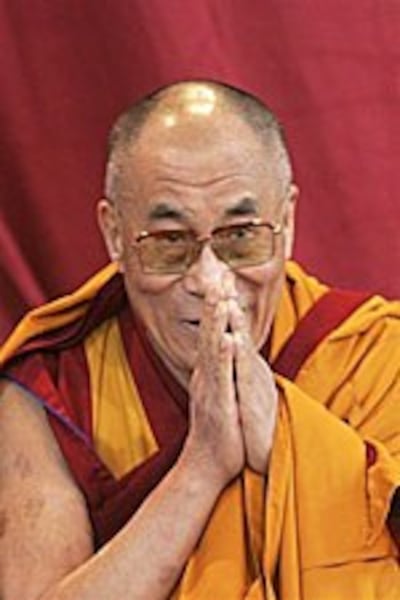
Chinese authorities have detained five Tibetans for allegedly handing out leaflets promoting Tibetan independence, sources have told RFA's Tibetan service.
Sources in the region identified the five as Kayi Doega, who was previously jailed for offering prayers for Tibet’s exiled leader, the Dalai Lama; his eldest daughter Yiga, a former nun; Sonam Lhamo, currently a nun at the influential Geci nunnery; and two other women, identified only as Sonam Choetso and Jampa Yangtso.
Yiga, Sonam Choetso, and Jampa Yangtso were detained in early June in Lhasa, the Tibetan regional capital, for allegedly handing out leaflets from a van promoting Tibetan independence to lunchtime crowds in Karze prefecture, the sources said.
All five are natives of Karze, a traditionally Tibetan area administered by China’s Sichuan province.
Previously detained
Authorities in Karze also detained Kayi Doega on June 1 and Sonam Lhamo on June 2, apparently on suspicion they had organized the leafleting, they said.
I am aware of this news but I don’t have details. Ask someone higher up,
May 28 marks the beginning of the Tibetan Buddhist holy month, Vaishakha.
A duty official at the Karze District Security office, contacted by telephone said, “I am aware of this news but I don’t have details. Ask someone higher up.”
“Who told you this? Where did you hear this? There are no such cases,” a higher level official in the same office replied.
Kayi Doega was freed early on medical parole while serving a three-year sentence in Karze, handed down in 2002, for offering prayers for the Dalai Lama.
In January this year, sources said, Kayi Doega's household openly burned tiger and leopard skins following a call by the Dalai Lama for the destruction of animal skins, against the wishes of the Chinese government.
Karze police subsequently detained and then released Kayi Doega.
Tibetans began burning tiger, leopard, and sea otter skins publicly after the Dalai Lama, reviled by the Chinese authorities as a separatist bent on undermining Chinese rule, appealed to Tibetans to protect endangered animals.
Banned inside China
The Dalai Lama fled Lhasa in 1959 after an unsuccessful revolt against Chinese rule. He leads the Tibetan government-in-exile in Dharamsala, India, but Beijing has ruled him out of Tibet’s future.
Images, writings, and video of the Dalai Lama, who is universally revered by Tibetans, are banned in Tibet, and those found in possession of them typically receive prison sentences.
The Dalai Lama has accused the Chinese authorities of carrying out “cultural genocide” in the Himalayan region, and many Tibetans complain of ethnic discrimination following the mass migration of Han Chinese to the region amid growing economic development.
According to its 2006 global report, Human Rights Watch said, suspected Tibetan separatists “are routinely imprisoned” and Tibetan cultural and religious life is sharply circumscribed.
Original reporting by RFA's Tibetan service. Edited by Dawa Dolma. RFA Tibetan service director: Jigme Ngapo. Produced for the Web in English by Sarah Jackson-Han.
